A New Model to Support Leadership Skills of Principal Investigators
Taking a closer look at the skills expected from the Principal Investigator beyond the expected technical skills.
With the intention of minimizing the risks in clinical trials, we took a closer look at the skills expected from the Principal Investigator (PI). In addition to the expected technical skills, we analysed the soft skills and the useful results they bring to the system and to the different actors. We conclude that non-technical skills of the PI are to be considered to minimize protocol-related risks, increase performance and well-being in organizations managing clinical research.
We propose a PI Leadership model that aligns accountabilities and competencies ( skills and behaviours) with expected outcomes (table I) which meet the GCP standards. The model includes the four key roles of the Investigator: Leader, Physician, Researcher and Study Manager.
Introduction
The role of medical professionals has been changing over the last decades. Professionals used to work in cultures that were hierarchical, competitive and perfectionist. These attributes are counter-productive if one wants to promote collaborative culture1 with a focus on continual learning and management of errors. The role of the leader is to ensure direction, alignment and commitment within teams and organisations. They therefore have a key role in setting the tone and expectations within the working culture that often spans professional and organisational boundaries. The evidence supporting this role is becoming more apparent. An independent evidence based review suggests that leadership and leadership development is essential to deliver high quality healthcare services2.
The development of a robust evidence base concerning healthcare developments is essential for patients, payers and clinicians. With the development of new investigational products, the creation of this set of data whilst supporting patient safety is one of the key roles of the PI 3. The value of the clinical leadership role within a multi-dimensional collaborative task cannot be underestimated.
The research environment at the investigator site has changed tremendously in the past two decades. Roles and responsibilities of the PI have become more challenging than ever before. Due to the complexity of clinical trials (see section 3), the increased technology as well as the changes to the regulatory landscape, the PI’s need for added human resources are on the rise. Depending on the type of clinical trial, research centres worldwide are increasing their resources to add more sub-investigators, research nurses and coordinators and more recently safety and risk officers, as well as regulatory and pharmacovigilance personnel 4.
The different roles expected from the PI (see section 4 and appendix 1) not only requires hard skill competencies but also the ability to behave and drive the clinical research team behaviour positively. Soft skill competencies also known as Emotional Intelligence (EI) is what makes strong leaders 5. The PI soft skill competencies should be considered to be part of the risk-based approach plan for investigator site selection. Assessing the PIs soft skills can contribute significantly to the improved performance of clinical trials.
The question remains as to how PIs develop their leadership skills and utilise these in the complex environment of conducting clinical trials? In response, we have therefore developed this leadership model for the PI to align accountabilities and competencies ( skills and behaviours) with expected outcomes.
Clinical trials: a complex activity
Globalisation of clinical trials, artificial intelligence, complex therapies such as adaptive cell therapy in oncology has brought about great challenges to all stakeholders involved in the clinical research process from design to registration.
The range and variability of various stakeholders are huge and requires work of irreproachable quality.
The International Council for Harmonisation (ICH) E6 – good clinical practice (R2) addendum
The revised guideline was released in 2016 and became a law in July 2017 after two decades of the initial publication, to reflect the current research environment 6. The hope with this new revision is that it will improve the quality and safety of clinical trials.
To this end, the guideline has brought further clarification regarding the PI responsibilities and his oversight of all individuals and parties including all outsourcing to a third-party organisation.
The impact of the psychological attributes of humans within the clinical trial system must not be underestimated and certainly not ignored. Depending on the complexity, territories involved and number of subjects to be enrolled, humans involved in clinical trials can amount from approximately 50 people up to well over several thousands (excluding subjects). The variability in the way different investigators think, feel and behave within the system is unpredictable and therefore challenging to control.
Defining the roles of the principal investigator (PI)
The Roles of the Principal Investigator
The PI has the ultimate responsibility in ensuring that clinical trials are conducted according to Good Clinical Practice Principles (GCP). The PI must have the skills of a Leader, Researcher, Physician and Manager, as shown in the figure 1 inspired from Holland’s work 7. This implies that the PI and his staff have adequate qualifications, resources, facilities and understanding of all the processes around conducting clinical trials. The sponsor has the responsibility to ensure that all criteria are met prior to initiating any clinical trial at the investigator site. While hard skills of the PI are evaluated and analysed by the sponsor during site feasibility, soft skills are most often not. The fact that safe and ethical management of the studies also depend on the behaviour of the PI so far not has not yet routinely been integrated as a key performance indicator (KPI).
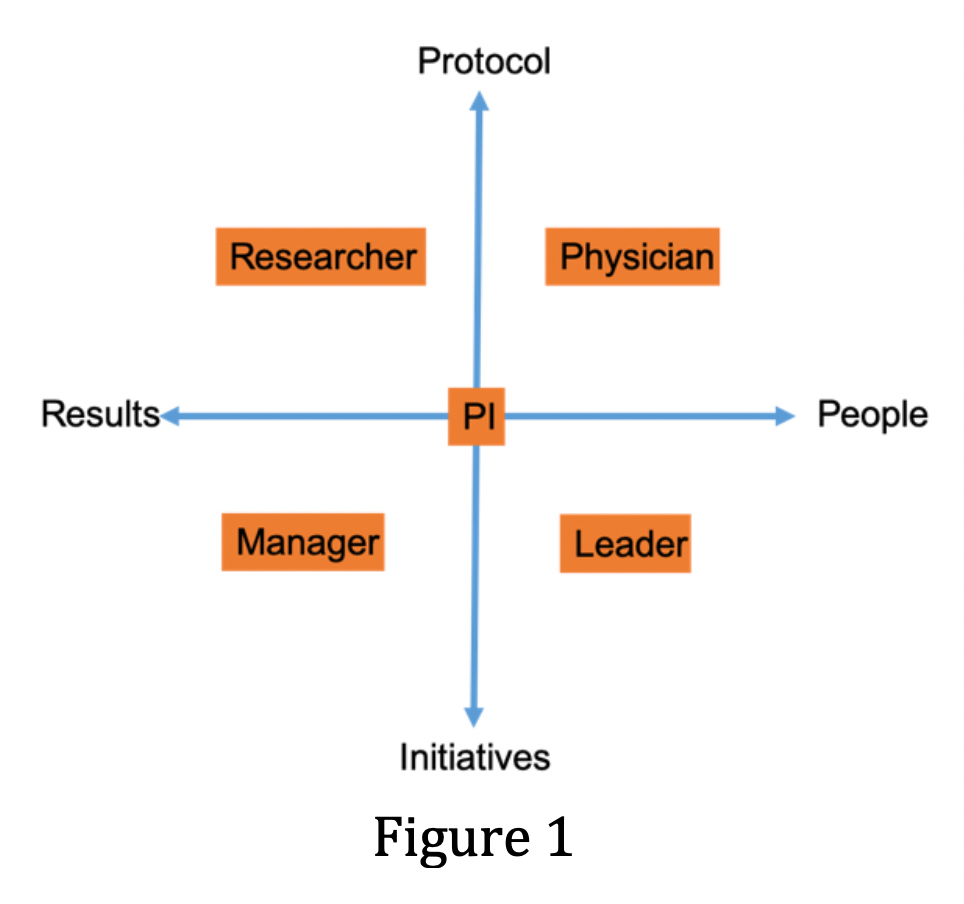
Unfortunately, non-performing sites as well as fraud and misconduct are often discovered far too late. The lack of essential soft skills of a PI can negatively impact safety, performance and ethics of a clinical trial. The evaluation of the human factors 8 is to be considered.
What is the difference between soft skills and hard skills?
Hard skills are acquired through education, training and on the job experience. This can be assessed through review of documentation such as CV, licenses, publications, past inspections, and audits. Soft skills on the other hand are interpersonal or “people skills” and include the ability to listen, communicate adapt and to be flexible. Both hard and soft skills are equally as important. Soft skills deserve consideration in this direction through education and training 9,10. This will enable human performance within the clinical investigation system which has been highlighted as an important area for development and improvement 11.
Why should we focus on the PI soft skills?
The PI has the responsibility to ensure that the study conducted at his/her clinical site is in line with ICH GCP. The PI needs to understand his/her roles as a leader, physician, researcher and study manager and be able to take on the responsibilities that goes with it. The mindset and attitude of the PI creates the culture in which the clinical staff will work in. Creating a work environment where staff feel safe, listened, respected and empowered is the catalyst to creating outcomes which will bring about safe, efficient and ethical studies. The results of this paradigm shift can lead to other measurable outcomes including reduce staff burn-out and turn-over, respect of contractual agreements and respected study timelines (see table1).
Examples from table 1 of the PI soft skill competencies and outcomes
The PI leader, who has the ability to listen and ask questions, is present and supportive and will be perceived as having an innovative spirit, to be collegiate and to be creating a human centred workplace. The PI leader, will measure team performance, recognize and reward staff while setting a leadership example.
The PI physician, who has the ability to train/mentor supervise staff and shows emotional and social intelligence will be perceived as being trustworthy, competent, compassionate and will be creating a work culture with common goals and values and will be optimising patient care.
The PI, Researcher, who has the ability to communicate effectively creates and supports innovative approaches and will be perceived as having scientific and intellectual curiosity while creating a work culture of common values, goals and visions. The PI researcher will seek to share results (positive and negative) and encourage and design new concepts.
The PI, Study Manager, who has the ability to manage stress, align processes and activities is reliable and will be perceived as being positive, collegiate, supportive, a mentor/trainer and in control. He/she will be creating a work culture that both seeks consensus and challenges the situation rather than promoting group think.
A PI leadership model for creating a conscious behavior
Defining the elusive nature of leadership remains a challenge. With many models and competency frameworks operating within different situational contexts, leadership competencies have been recently mapped across a range of health care professions12. These are in broad alignment with the hierarchical taxonomy of leadership behaviours suggested by Yurkl13,14 and the integrated model of behaviour 15. From these models there are fundamental activities involved in leadership that include enhancing understanding, strengthening motivation of people, and facilitating implementation of tasks. In addition, leaders have relational accountabilities that include fostering coordination, promoting cooperation and activating resources.
However, marked behavioural variations that occur readily across different situations have been accounted for by the theory of planned behaviour 16,17. This model outlines the critical roles of “attitudes to behaviour”, perceived “norms” and “perceived ability to undertake desired behaviour” to predict the intention to complete the behaviour and resultant behaviours. The intention to complete behaviour that develops from attitudes, perceived norms and level of control have been shown to be one of the most important drivers of actual behaviour 18. In the complex multidimensional world of the present-day PI, the leadership competencies and abilities may not always predict behaviour.
With these human factors in mind we have developed an integrated PI leadership model that provides orientation of attitudes, develops subjective “norms” and allows exploration and development of personal and organisational infrastructure to operate sustainably in this complex environment. This model highlights 4 core PI leadership orientations that include the role of “Leader”, “Physician”, “Researcher” and “Study Manager”. Each of these roles has defined accountabilities, hard and soft skills which develop a core attitude and perceived behaviour. The roles work with others to drive outcome measures for the PI and the team. These can then be used to develop appropriate KPIs for the PI and team members. A summary of these is found in Table I.
Developing and normalising PI leadership attitudes.
The aim of this model is to support study sponsors, PIs and their teams to develop a standardised perspective of the role of a PI. The PI is ultimately accountable for the safe conduct of the clinical trial and the production of high quality, reproducible data. Developing appropriate mindsets and attitudes are therefore and essential part of creating individual and team expectations of each key role.
The 4 key PI approaches also provide a subjective definition of expected “norms” of the overall role of the PI. Each of these roles is required and therefore the model provides a normalisation of expected roles within the PI network between clinical staff, contractors and sponsors. Defining the roles creates opportunity to not only specify the accountabilities and responsibilities for the PI, but it also sets clear expectations across the system.
Alignment with GCP standards
This specific PI approaches of ‘Leader”, “Physician”, “Researcher” and “Study Manager” can also be mapped to the GCP requirements of the PI described in the section 4 of the guidelines for good clinical practice E6(R2) 6. For example, the Leadership role is important to align adequate resources (4.2), delegation (4.6.2) and ensuring that the environment creates the appropriate accountability to maintain suitable record keeping (4.6.3). The Physician role clearly aligns with ensuring medical care (4.3), appropriate use of investigational products (4.6.5, 4.6.6). The Researcher role ensures communication with the IRB/IEC (4.4) and compliance (4.5) in addition to fully understanding the investigational products in question (4.1.2). The role of Study Manager will ensure appropriate qualifications and agreements are in place and operational (4.1). New GCP standards are being implemented that also apply to the key roles identified for the PI. The responsibility for appropriate supervision is a key leadership role and development of key infrastructures to develop delegation and supervisory processes which may fall in the role of the study manager.
A tool for self- and organizational reflection
The PI leadership approach model suggests that the overarching role of the PI is made of 4 key themes: Leader, Physician, Researcher and Study Manager that are all essential for the implementation and execution of safe clinical trials. These approaches provide a “context” in which leadership competencies can be applied and therefore provides a useful tool for self-reflection and development. Reviewing interactions within the complex multidisciplinary teams allows the Leader to understand how to best exercise his role as a Leader through the analysis of his accountabilities and competencies and expected outcomes. The PI can reflect on the attitudes that are both explicit and potentially habitual patterns that impact their behaviour from each of the PI approaches to understand any situational triggers that may impact behaviour. Our beliefs provide the frameworks for our attitudes towards people, organisations and are sensitive to situational factors (17), this model therefore provides an opportunity to develop different attitudes that can further develop the PI’s ability to work across these approaches within the team environment.
Perceived behavioral control mechanisms refer to the capability of the individual PIs and their confidence in their ability to perform the actions. Once again, the model therefore allows reflection and feedback from others regarding the ability of the individual to work within the competencies (see Table) of each role. Using a developmental approach, strengths can be enhanced, and any training gaps recognised in order to develop the system.
Qualifying the soft-skill base of the PI
Sponsors may also utilise the model to assess competencies of the PI in each of the essential roles they must undertake. Developing the skill base of the PI will develop alignment on the expectations between the Sponsor and PI and minimise the risk of errors in execution or recording of data within the trial.
Conclusion
The complex and multi-dimensional world of the PI is developing rapidly with many, often potentially competing priorities and demands. To perform well in this role, the PI need to have access to hard technical skills and softer interpersonal skills associated with the ability to motivate and align expectations across cultural and organisational boundaries.
Leadership competencies for healthcare practitioners are in-line with general leadership behaviours that focus on tasks, relations, change and the external environment.
We have proposed a model to support the PI and their sponsors to develop and normalise leaderships attitudes in alignment with GCP standards. The aim of this tool is to provide a framework for self-reflection and learning of the PI and organisation to enable sustainable high performance in the dynamic environment of conducting clinical trials. The model is underpinned by psychological principles and developed by experienced leaders, educators or trainers in drug development and soft skills.
Soft Skills are an essential part of the execution of safe and effective clinical trials and our intent is to provide a framework to support the development of these skills in the PI.
Susan Trainor is the CEO of Trainor Partners and can be reached at susan.trainor@trainorandpartners.com. Andrew Parsons PhD is the Business and Coach Psychologist, Reciprocal Minds Limited and can be reached at andrewaparsons@gmail.com. Genevieve Depresseux, Freelance Coaching and Training and can be reached at genevieve.depresseux@gmail.com.
References
- Ungerleider RM, Ungerleider JD. Whole Brain Leadership for Creating Resonant Multidisciplinary Healthcare Teams. Ann Thorac Surg. April 2019. doi:10.1016/j.athoracsur.2019.03.037
- West M, Armit K, Loewenthal L, Eckert R, West T, Lee A. Leadership and leadership development in healthcare: the evidence base. The Faculty of Medical Leadership and Management. The Center for Creative Leadership and the King’s fund. 2015
- Considering human factors and developing systems-thinking behaviours to ensure patient safety. Clin Pharm. 2018. doi:10.1211/CP.2018.20204352
- Risk-management plans. European Medicines Agency. https://www.ema.europa.eu/en/human-regulatory/marketing-authorisation/pharmacovigilance/risk-management/risk-management-plans. Published September 17, 2018
- Davis SK, Nichols R. Does Emotional Intelligence have a “Dark” Side? A Review of the Literature. Front Psychol. 2016;7. doi:10.3389/fpsyg.2016.01316
- ich-e-6-r1-guideline-good-clinical-practice-step-5_en.pdf. https://www.ema.europa.eu/en/documents/scientific-guideline/ich-e-6-r1-guideline-good-clinical-practice-step-5_en.pdf. Accessed June 17, 2019
- Holland, J. (1985). Making vocational choices: A theory of careers (2nd ed.). Englewood Cliffs: Prentice Hall
- Drury CG. Human Factors and Ergonomics Audits. In: Handbook of Human Factors and Ergonomics. John Wiley & Sons, Ltd; 2006:1106-1132 doi:10.1002/0470048204.ch42
- McKay J, Pickup L, Atkinson S, McNab D, Bowie P. Human factors in general practice - early thoughts on the educational focus for specialty training and beyond. Educ Prim Care Off Publ Assoc Course Organ Natl Assoc GP Tutors World Organ Fam Dr. 2016;27(3):162-171. doi:10.1080/14739879.2016.1181533
- Hull L, Sevdalis N. Advances in Teaching and Assessing Nontechnical Skills. Surg Clin. 2015;95(4):869-884. doi:10.1016/j.suc.2015.04.003
- Edwards BD, Bégaud B, Daemen E, et al. A call to incorporate systems theory and human factors into the existing investigation of harm in clinical research involving healthcare products. Br J Clin Pharmacol. 2017;83(11):2339-2342. doi:10.1111/bcp.13353
- Garman AN, Standish MP, Wainio JA. Bridging worldviews: Toward a common model of leadership across the health professions. Health Care Manage Rev. March 2019:1. doi:10.1097/HMR.0000000000000243
- Yukl G. Effective Leadership Behavior: What We Know and What Questions Need More Attention. Acad Manag Perspect. 2012;26(4):66-85. doi:10.5465/amp.2012.0088
- Yukl G, Mahsud R, Prussia G, Hassan S. Effectiveness of broad and specific leadership behaviors. Pers Rev. 2019;48(3):774-783. doi:10.1108/PR-03-2018-0100
- Behrendt P, Matz S, Göritz AS. An integrative model of leadership behavior. Leadersh Q. 2017;1(28):229-244. doi:10.1016/j.leaqua.2016.08.002
- Ajzen I. From Intentions to Actions: A Theory of Planned Behavior. In: Kuhl J, Beckmann J, eds. Action Control: From Cognition to Behavior. SSSP Springer Series in Social Psychology. Berlin, Heidelberg: Springer Berlin Heidelberg; 1985:11-39. doi:10.1007/978-3-642-69746-3_2
- Ajzen I. The theory of planned behavior. Organ Behav Hum Decis Process. 1991;50(2):179-211. doi:10.1016/0749-5978(91)90020-T
- Ajzen I. Nature and operation of attitudes. Annu Rev Psychol. 2001;52(1):27–58
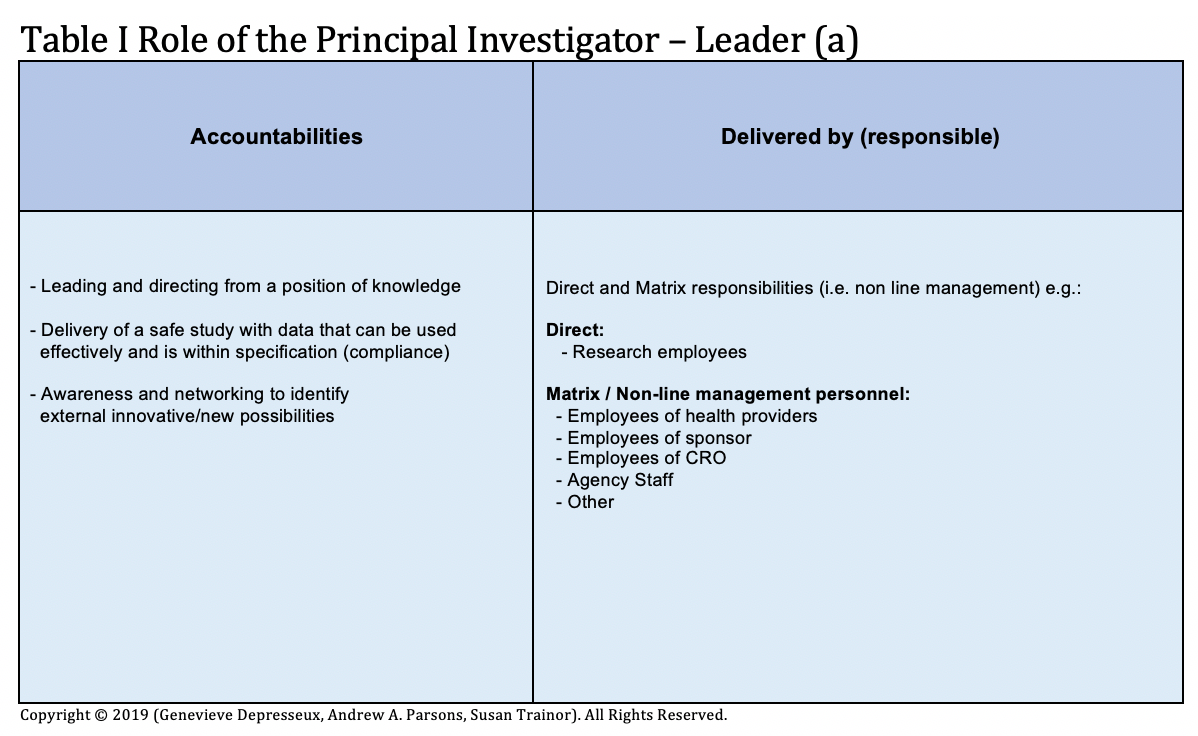

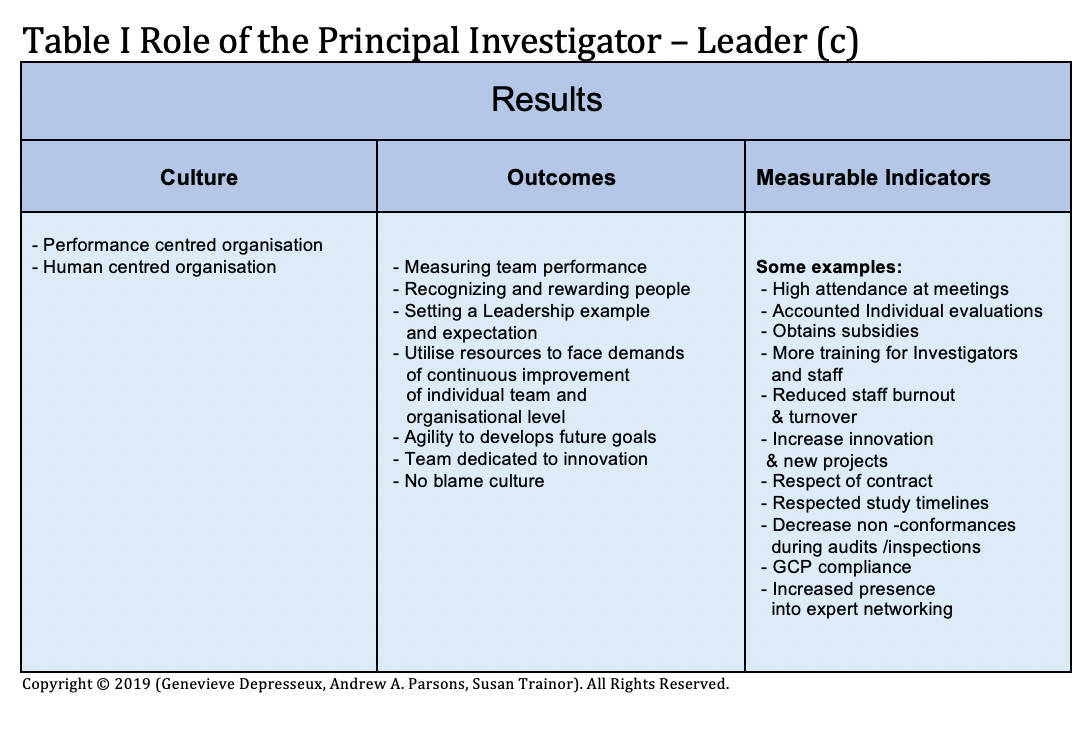
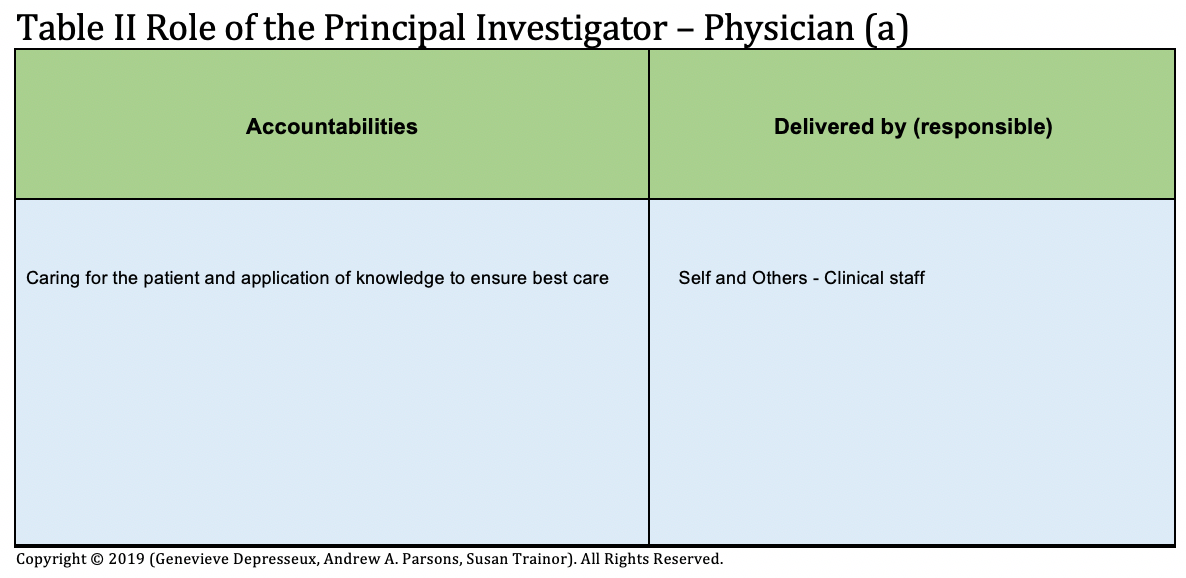
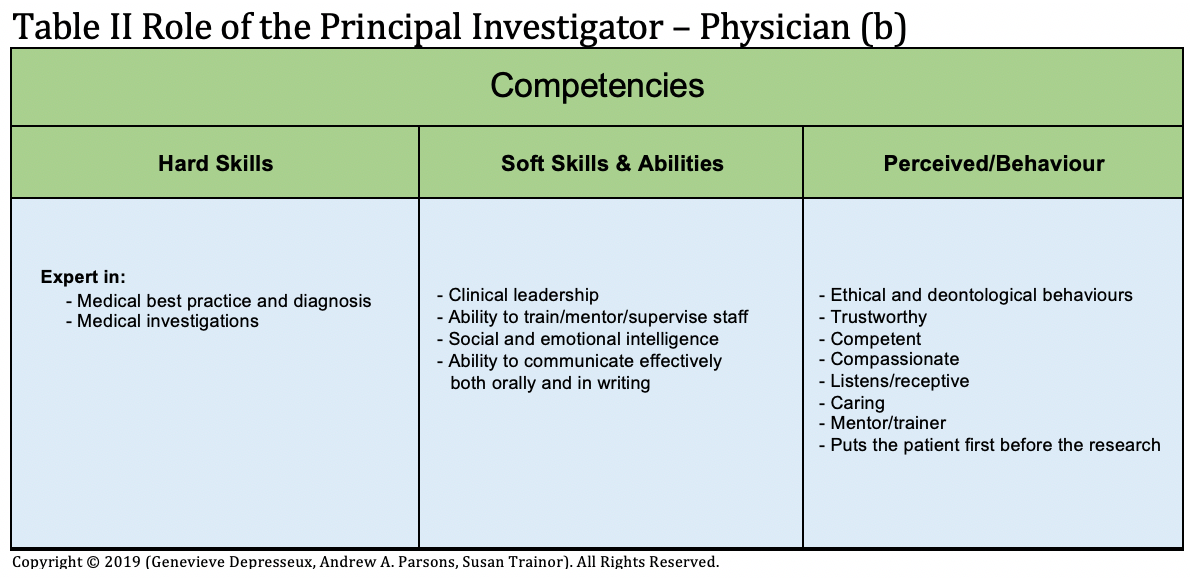
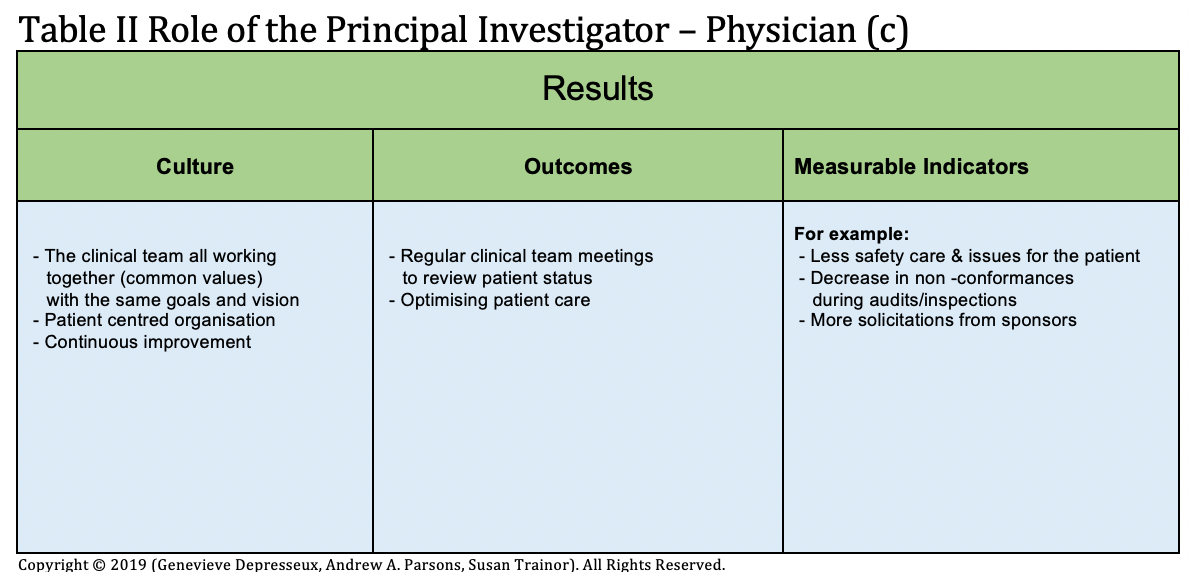
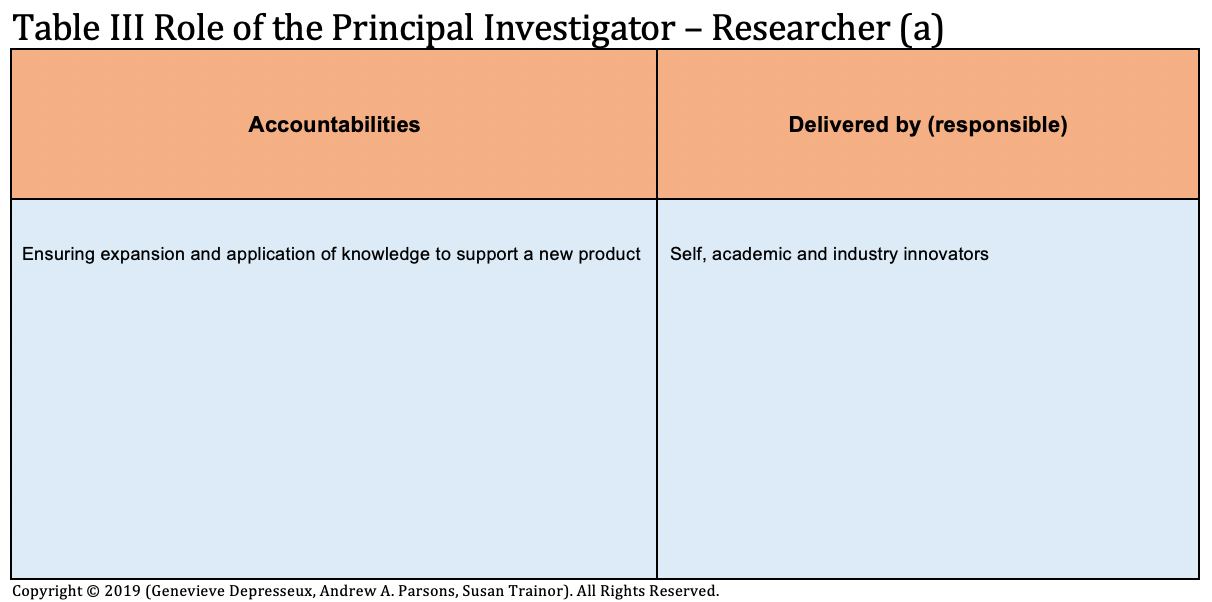
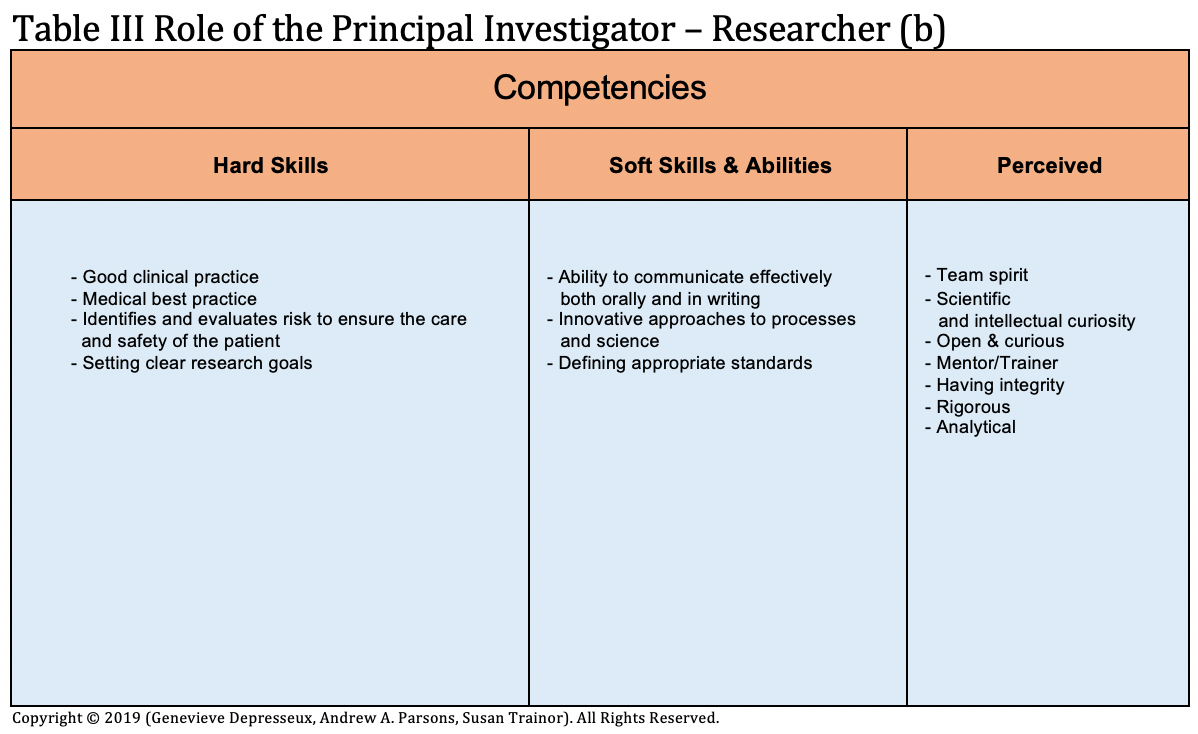
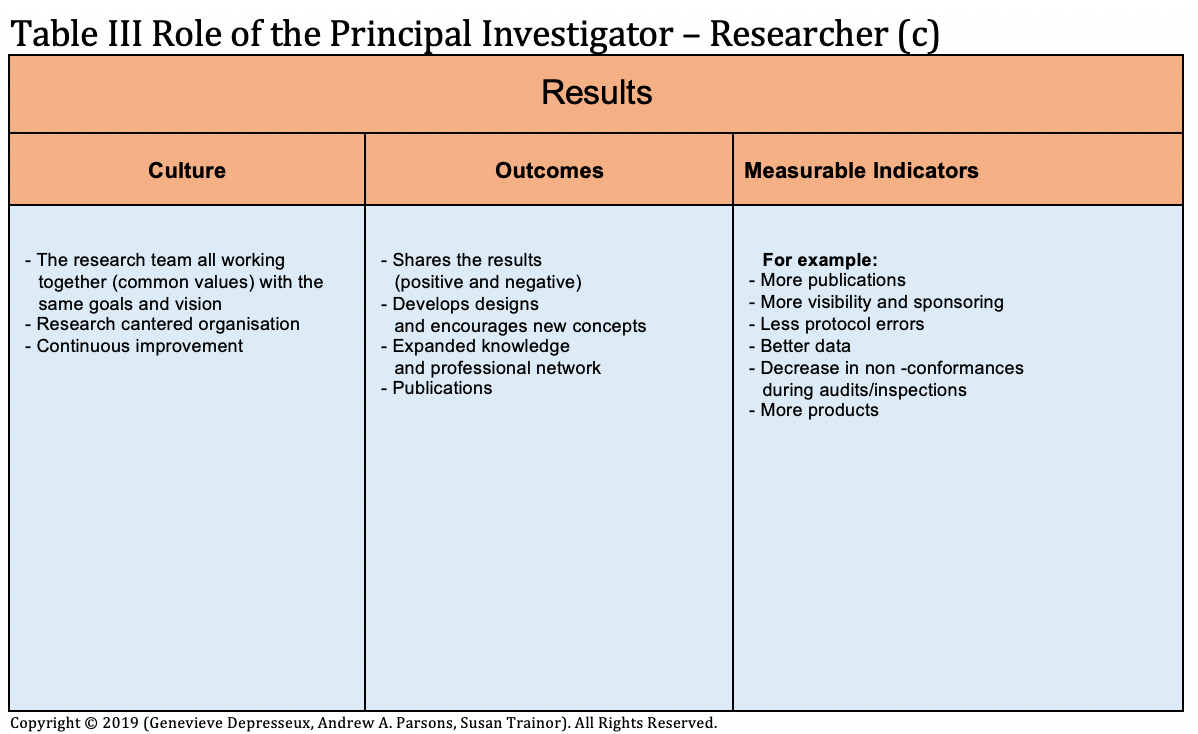
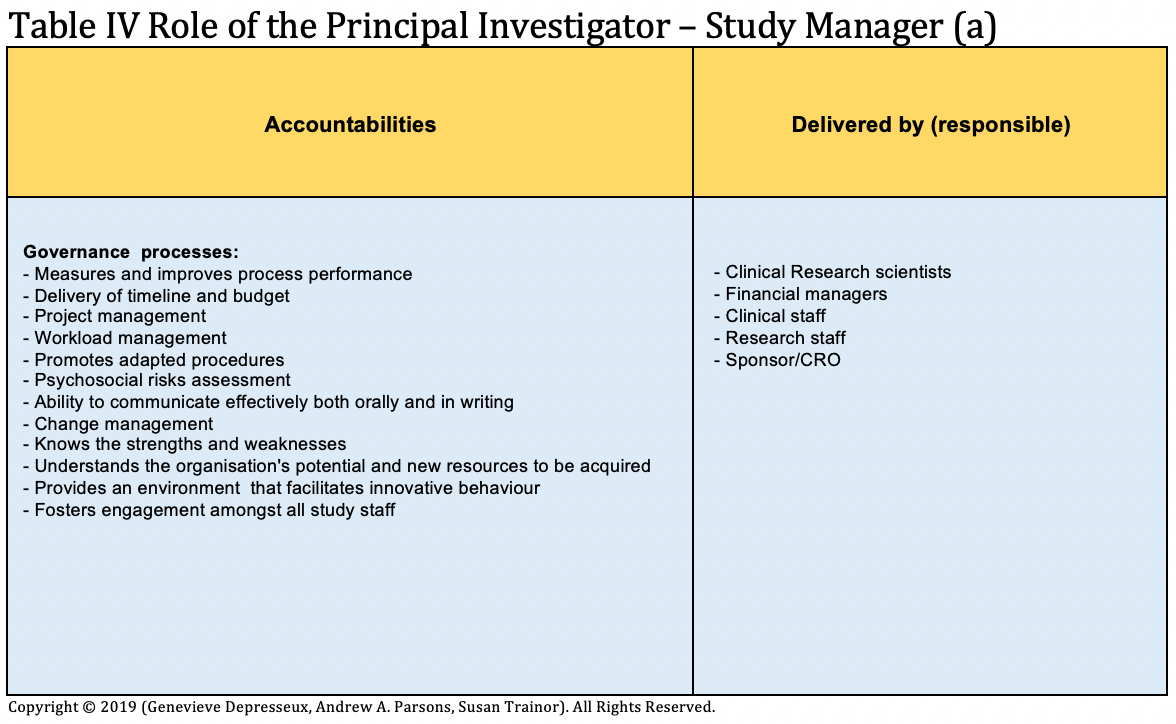
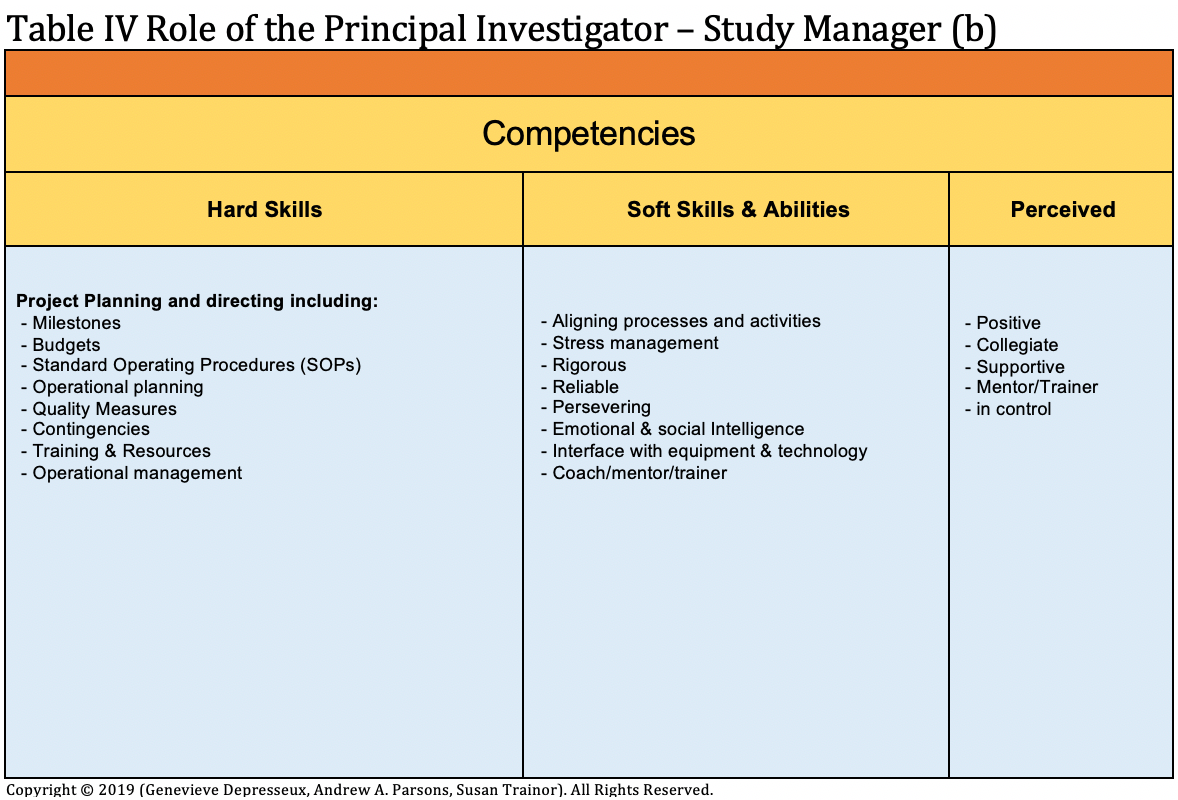
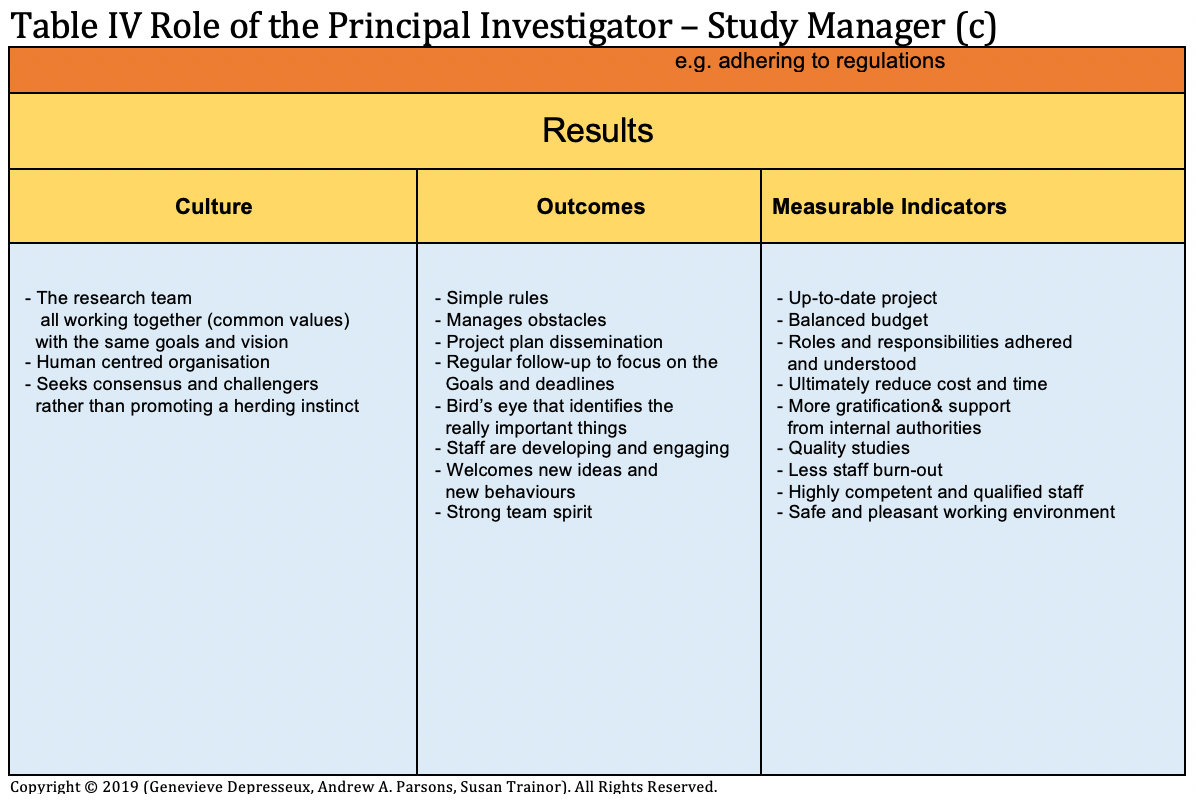
How Digital Technology and Remote Assessment Strategies Can Aid Clinical Trial Research
July 24th 2020While there's been hopeful news on treatments and vaccines, sponsors should plan to discuss necessary strategies and contingencies at the outset of new studies or re-opening of halted studies during the COVID-19 pandemic.